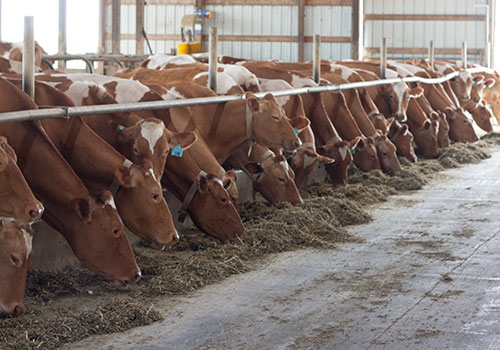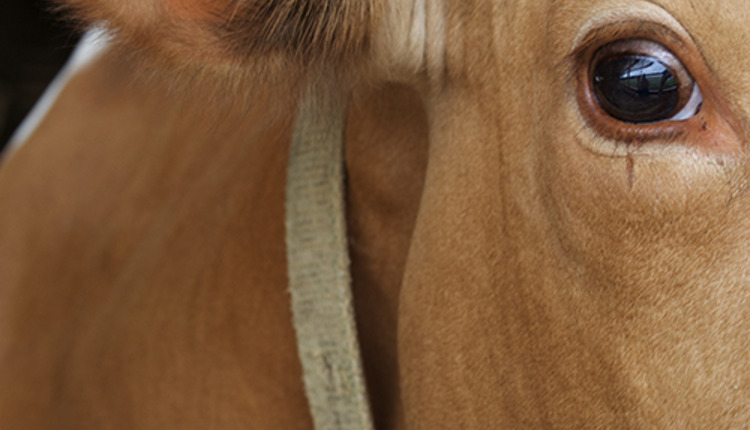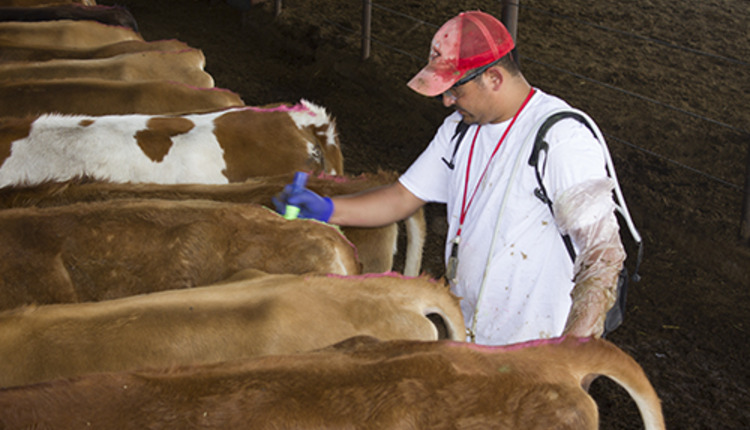
Over time, mortality rates have risen consistently, and it's now the primary reason cows are culled on U.S. dairy farms. In addition to being a welfare issue, death comes at an economic loss to the dairy herd.
Using 5.9 million DHI lactation records from 10 Midwestern states, researchers from the University of Minnesota investigated cow-level risk factors associated with on-farm mortality.
In this cattle population, the proportion of deaths was greatest in the first 10 to 15 days after calving.
Risk factor analysis showed that a lower death risk was linked to:
- Higher first test-day milk yield (5 percent lower risk of mortality): Reduced mortality could be due to preferential treatment for high-producing animals. It also suggests that the physiological stress of high milk yield is not a welfare issue.
- Elevated milk protein percentage (5 percent lower death risk): This could be the result of better energy intake and, therefore, a more positive early-lactation energy balance.
- Shorter dry period (6 percent lower death risk with a dry period less than 30 days): Improved energy balance and a lower incidence of disease may explain the reduced mortality among cows with a shortened dry period.
A greater hazard for mortality was associated with:
- Higher fat-to-protein ratio (43 percent great mortality risk): A higher ratio has been associated with a great risk for metabolic disorders. A ratio greater than 1.5 is also indicative of an energy deficiency.
- Greater milkfat percent (43 percent greater risk of mortality): A high fat percent is indicative of subclinical and clinical ketosis.
- Cows carrying multiple calves (7 percent greater mortality risk): The heightened risk may be a result of problems such as dystocia, retained placenta and metritis.
- Higher milk urea nitrogen (14 percent higher mortality hazard): One of the most common reasons for elevated MUN values is excessive protein intake.
- Elevated parity: Cows in their fourth and fifth lactation had a 150 and 180 percent greater mortality risk than cows in their first lactation.
- Breed: Holsteins had a significantly higher mortality hazard than Jerseys, Ayrshires, Brown Swiss and crossbreds. Guernseys had a higher mortality risk than Holsteins.
First test-day records, especially those indicative of negative energy balance could be helpful to identify animals with a heightened mortality risk, concluded researchers.
(c) Hoard's Dairyman Intel 2015
October 12, 2015








